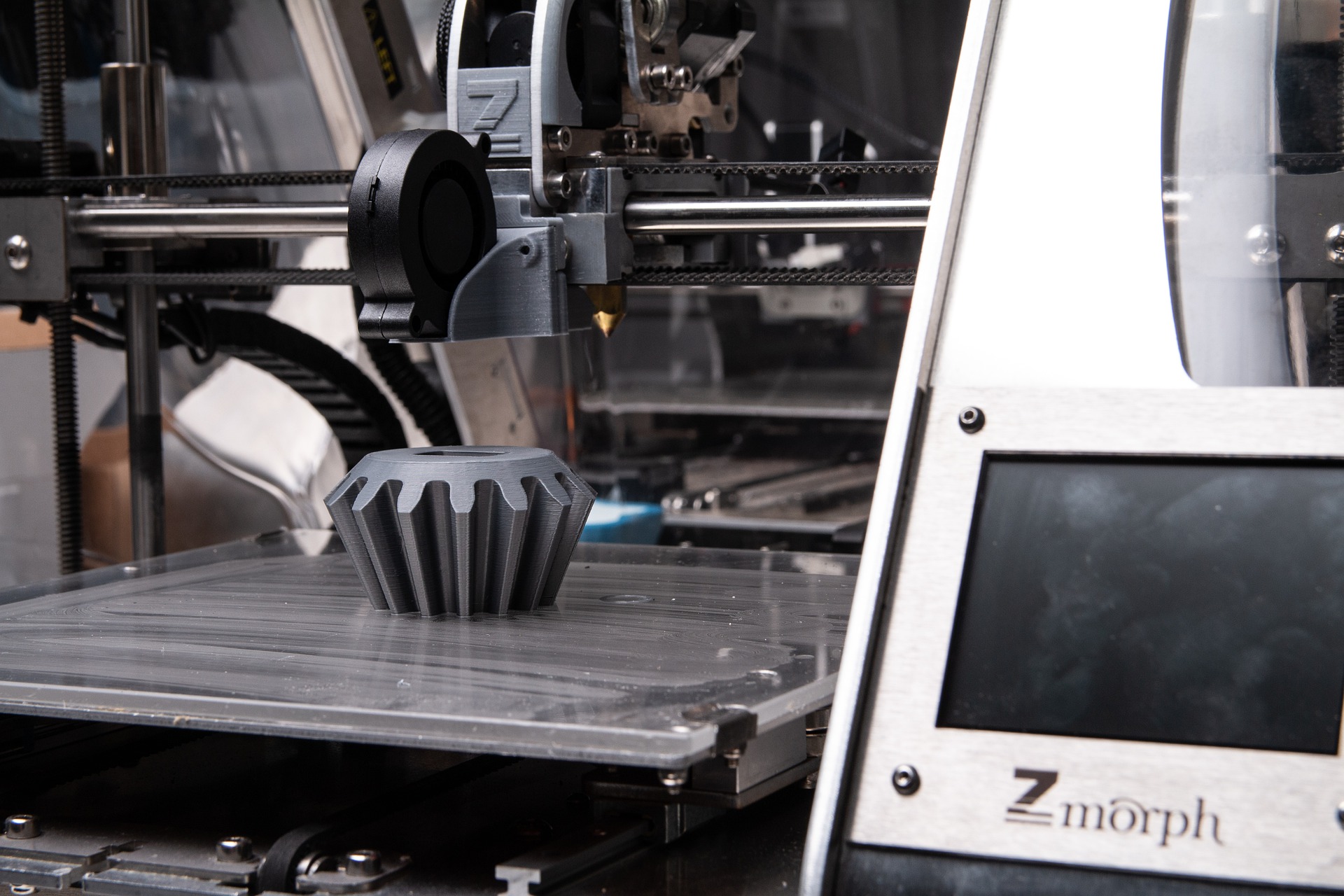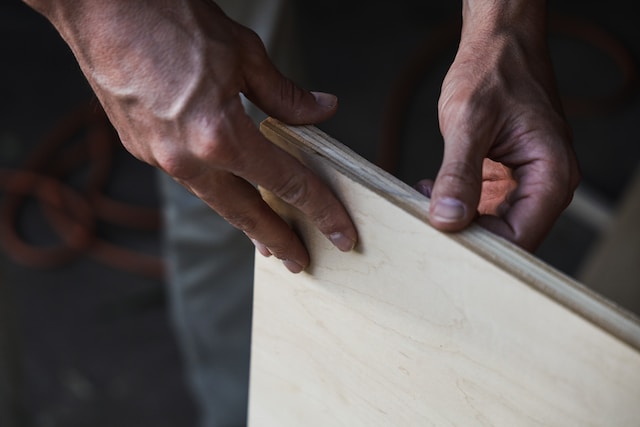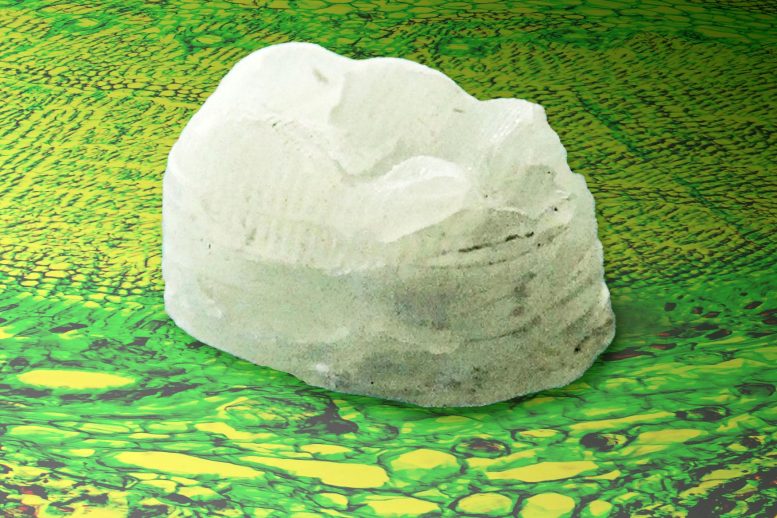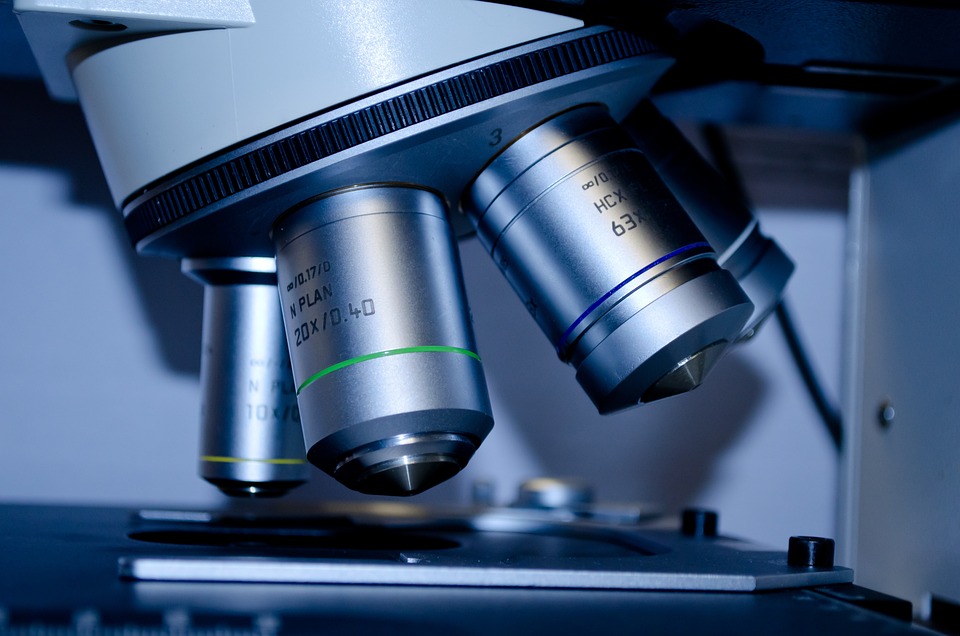While 3D printing as a technology has a wide range of applications and can bring novel benefits to a large variety of fields, the agricultural sector stands to win the most out of the adoption of this tech. Already, 3D printing is getting more common in farming circles, and some applications have grown to become commonplace today. Here’s a shortlist with the most useful of these applications:
- Custom tools: Whether it is something relevant to the farming process, the irrigation system, or a tool that’s meant to help with equipment maintenance, having the ability to manufacture custom tools gives amazing power to farmers. 3D printers can make this possible, creating items like a three-way valve or a wrench for that proprietary bolt you’re missing.
- Urban farming fixtures: Urban farming is exploding right now and 3D printers are supporting this rise with custom light fixtures, mounting brackets, sorting rails, and anything else needed for in-door plants growth.
- Replacement parts: Replacement parts can be costly, and additionally, the downtime can be extensive if the part is difficult to source. Having a 3D printer on the farm can help in producing an inventory of spare parts that are typically needed. That is as long as a material that’s fit for the purpose is used.
- Scale farm models: This one can help farm planners and engineers and they are both using 3D printers extensively for model evaluation purposes today. It helps to identify problems and even minor issues before the plan is realized, saving big costs down the line.
- Prototyping parts: This one is a niche, but it’s gradually getting more popular. Oftentimes, farmers and indoor gardeners need to test out a part before they place a large order to a manufacturer, so using a 3D printer for prototyping is the ideal solution.
All in all, having a 3D printer on the farm can serve with a large spectrum of needs, and save significant expenses and time in a range of ways.







